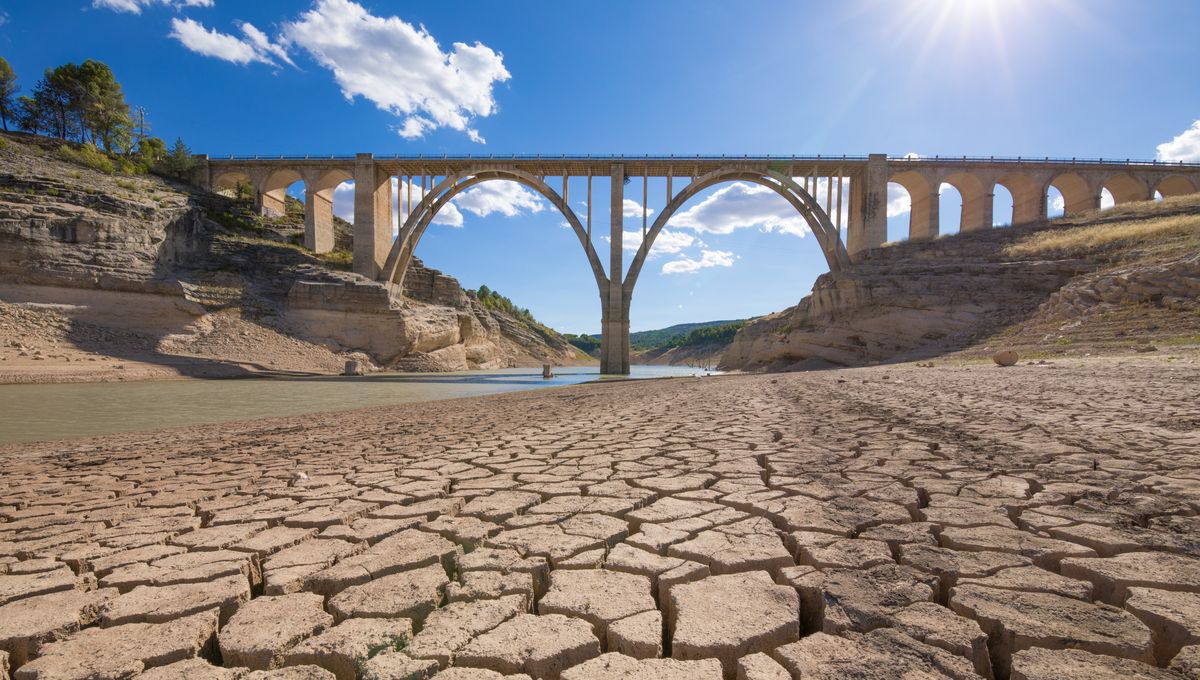
Different places around the world are experiencing the climate crisis in different ways. Extreme weather events becoming more common, and there are also more subtle changes in terms of temperatures and precipitation that are taking place and will continue to take place. This means that certain regions of the world might have a completely different climate by 2100 – and it’s dangerous.
The classic classification of climate zone is known as Köppen–Geiger. It is based on five main climates: tropical, dry, temperate, continental, and polar. These have some subdivisions to better explain differences. For example, a subset of the temperate climate is the dry winter, but depending on if the summer is hot, warm, or cold (relatively), you can have the climate of Los Angeles in the US or Valencia in Spain, that of Cape Town in South Africa or the Haleakala Summit in the US.
But the climate is changing, and new research suggests that between 38 and 48 percent of all landmasses will end up in a different climate zone if the world continues on this warming trend. Scientists expect that the size of affected areas every year is projected to accelerate as well.
This is worrying both for the species that will have less time to adapt to a new climate and also for agricultural practices that might have to be completely rethought in a brief window of time – and when we say species, humans are included. Climate change could push billions out of our climate niche.
In general, the models project an increase in the tropical and dry areas of the world and a significant drop in the polar regions, with a smaller reduction to temperate and continental areas. But the devil is in the details, because the work also shows that these changes are not equally distributed around the world. Some regions will be affected much more. Going by the Coupled Model Intercomparison Project Phase 6 (CMIP6), between 80 and 90 percent of all areas of Europe could be in a different climate, and between 57 and 66 percent of North America will likely be in a different climate comes the end of the century.
While the regions are the most affected, changes will be felt everywhere. Around 50 percent of Asia, 35 percent of South America, 20 percent of Oceania, and 20 percent of Africa might be in a different climate zone between 2071 and 2100.
Climate models are not perfect but they are tested against historical data and they give a good approximation for what has happened and what might happen. The future is fortunately not written just yet and with international cooperation, strong governmental action, and political will the worst outcomes of the climate crisis can be avoided.
The research was published in the journal Earth’s Future.
Source Link: Up To Half The World Could Be In A Different Climate Zone By The Century's End